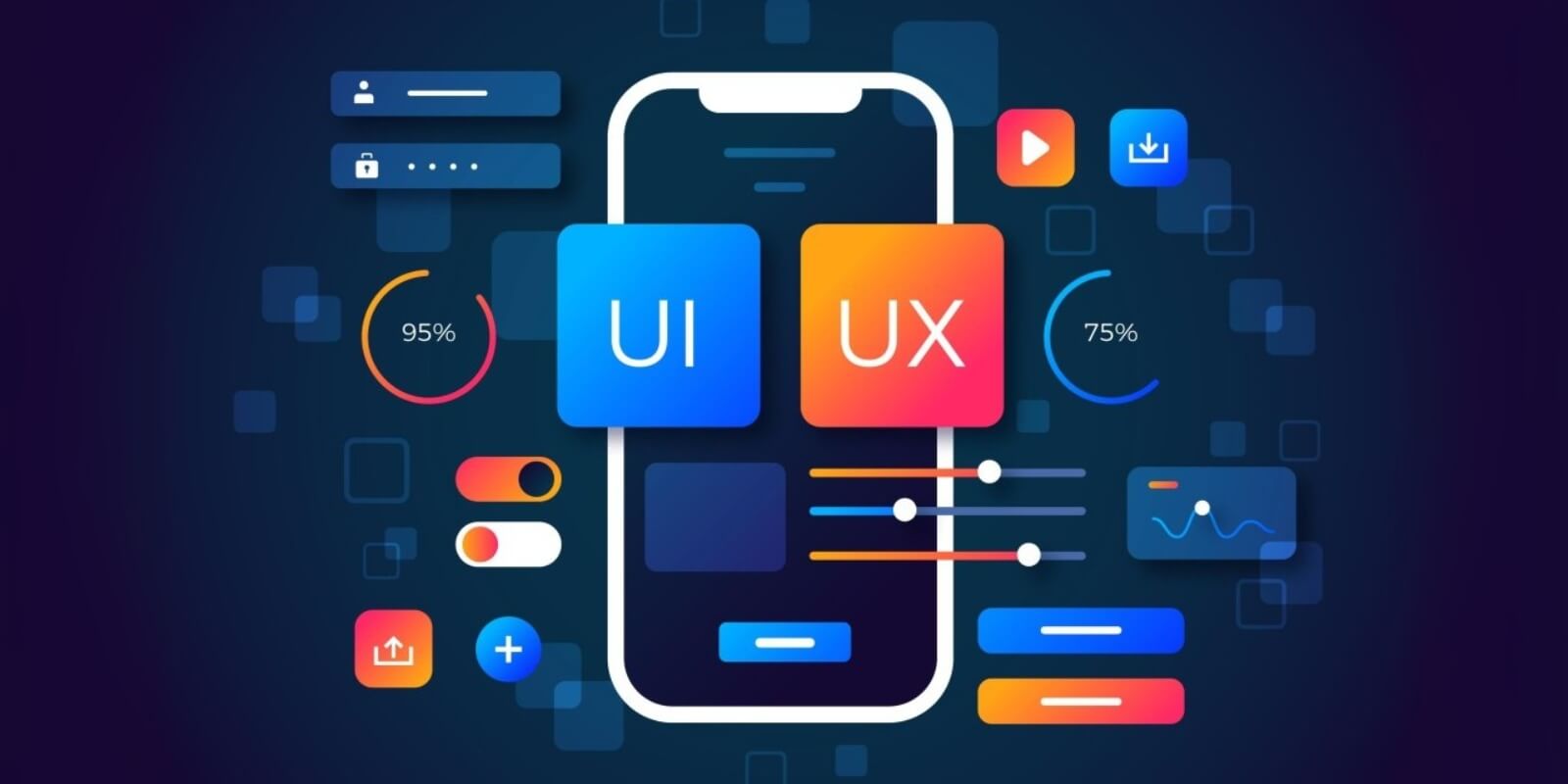| Jul 08, 2025
What Is UI vs. UX?
In the digital design world, two terms frequently appear together: UI and UX. These stand for User Interface and User Experience, and while they’re closely linked, they represent different yet equally important parts of designing any digital product. Whether you’re building a website, a mobile app, or a digital platform, understanding the distinction between UI and UX is essential for creating something users will love. Let’s start with UX, or User Experience. UX is all about how someone feels when interacting with a digital product. It’s not just about the screen they see or the buttons they press, but the entire journey they go through. UX encompasses everything from the first moment a user lands on your site or opens your app, to the point where they complete their task and leave satisfied. A good UX design ensures that the process is logical, efficient, and enjoyable. Think about using a food delivery app. If you can find your favorite restaurant quickly, add items to your cart with ease, check out without confusion, and receive real-time delivery updates, that’s the result of good UX. It means the experience was thoughtfully designed with your needs in mind. UX designers conduct user research, create wireframes, test different flows, and focus on usability to eliminate any friction along the way. On the other hand, if you get stuck trying to find the checkout button, if the app crashes halfway through your order, or if it takes too many steps to confirm your purchase, then the UX is poor. The experience becomes frustrating, and you’re less likely to use the app again. This is why companies invest so heavily in UX research and testing—because a smooth experience keeps users coming back. Now let’s talk about UI, or User Interface. If UX is how something works, UI is how it looks. UI focuses on the visual and interactive elements of a product. This includes buttons, icons, typography, colors, spacing, imagery, and layout. It’s the layer you see and touch. A well-designed UI doesn’t just make a product pretty, it makes it usable and consistent. It helps users know where they are, what to do next, and how to complete their actions with confidence. Take the food delivery app again. The UI is what makes the “Order Now” button bold and easy to find. It’s the color scheme that feels inviting, the typography that makes reading menus effortless, and the icons that help you understand categories at a glance. A strong UI design supports the UX by visually guiding users through the experience. When UI is poor, even a well-planned UX journey can feel clumsy because the user gets lost or distracted by a confusing interface. To better visualize the difference, imagine going to a restaurant. The UX is your full experience: how easy it was to reserve a table, how friendly the staff is, how fast your food arrives, and how enjoyable the atmosphere is. The UI is the menu design, the tableware, the lighting, and the decor. A beautiful dining space (good UI) with slow service or poor food (bad UX) will disappoint. Likewise, great food and service (good UX) in a poorly lit, unattractive space (bad UI) won’t feel quite right either. UI and UX work hand in hand. A digital product might have stunning visual elements, but if users can’t figure out how to accomplish their goal, they’ll leave frustrated. Similarly, a product might solve the user’s problem efficiently, but if the interface is outdated, inconsistent, or hard to navigate, users may not trust or enjoy the experience. The best digital products find harmony between UX and UI, combining smooth functionality with appealing visuals. In simple terms, UX is about how it works, and UI is about how it looks. But it’s not just surface-level. Good UI enhances the usability of a product, while good UX ensures that users get what they need with minimal hassle. Both are essential for creating successful digital experiences. When UX and UI are designed together thoughtfully, users don’t notice them—they just enjoy using the product. So next time you use an app or a website, take a moment to think about what makes it feel smooth or frustrating. Chances are, it’s a combination of UI and UX at work.
